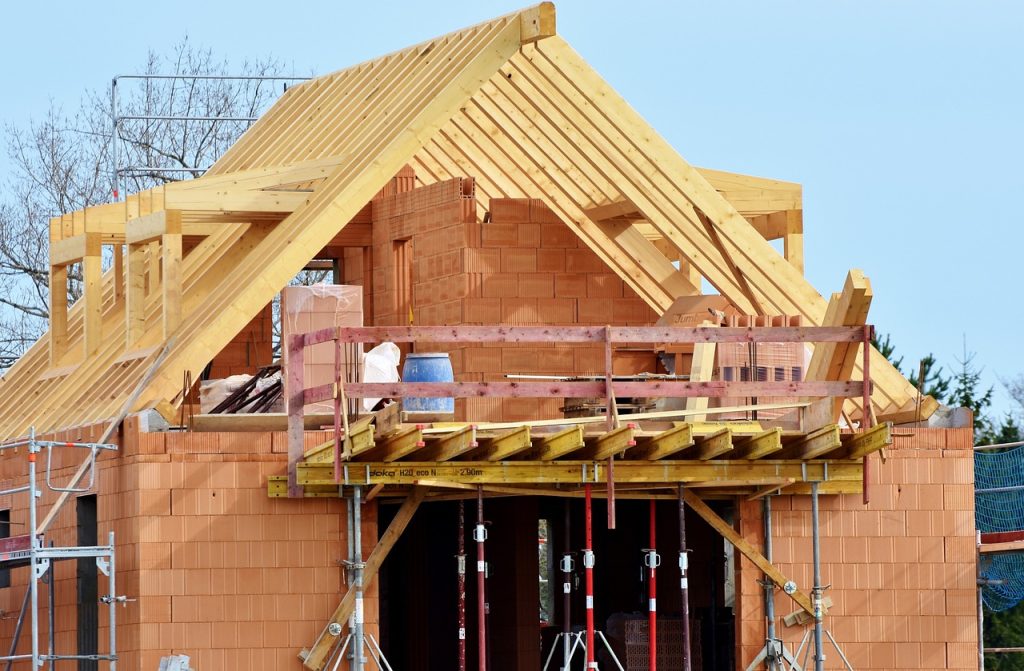Landscaping transforms a property into a serene, aesthetically pleasing environment while increasing its value. This article explores various landscaping elements, techniques, and trends that have made landscaping a central feature in home construction.
We’ll discuss design principles, the role of sustainable practices, and the impact of landscape design on the homeowner’s lifestyle and property value.
Landscaping goes hand-in-hand with architecture to create a harmonious space where outdoor and indoor environments merge seamlessly. A well-designed landscape extends the home beyond its walls, providing relaxation, entertainment, and leisure areas that boost quality of life.
A successful landscape design considers multiple elements, including plant selection, hardscaping, water features, lighting, and maintenance. Each element serves a unique purpose and combines to create an outdoor space that is both beautiful and functional.

Plant selection is essential in landscaping and must suit the property’s climate, soil type, and aesthetic goals. Native plants are a popular choice for their resilience, low maintenance, and ecological benefits.
Additionally, well-chosen plants can reduce cooling costs by providing shade and windbreaks. Flower beds, shrubs, trees, and ground cover all play a role in establishing a balanced, natural-looking landscape that complements the home’s architecture.
Hardscaping includes all non-plant features, such as walkways, patios, walls, and outdoor seating areas. These elements add structure to the landscape and provide durable, low-maintenance solutions for high-traffic areas. Walkways made of materials like stone, concrete, or pavers can direct foot traffic, protect plants, and enhance curb appeal.
Patios and decks create outdoor living spaces where families can gather, relax, or entertain.
Incorporating water features such as fountains, ponds, or small waterfalls introduces a calming, natural element to the landscape. Water features can also help attract wildlife, such as birds and butterflies, enhancing biodiversity.
Outdoor lighting is vital for safety, security, and ambiance. Strategically placed lights along walkways, steps, and entry points help prevent accidents and deter potential intruders. Landscape lighting can also highlight trees, shrubs, or architectural features, creating a visually appealing nightscape.
A beautiful landscape requires regular upkeep. Thoughtful planning and the use of sustainable plants and irrigation systems can significantly reduce the need for maintenance. Automated sprinkler systems and drip irrigation can optimize water use, ensuring plants receive the proper amount without waste.
With increasing awareness of climate change and environmental concerns, sustainable landscaping practices have become a key focus in home construction. Sustainable landscaping aims to minimize resource consumption, reduce waste, and promote biodiversity.
Xeriscaping is a landscaping technique designed for water conservation. It involves selecting drought-resistant plants and using mulch to retain soil moisture. By reducing the need for frequent watering, xeriscaping helps conserve water, especially in arid regions.
This type of landscaping is both environmentally friendly and cost-effective, lowering water bills for homeowners.
A well-designed landscape contributes significantly to homeowners’ lifestyle and well-being.
Outdoor spaces designed for relaxation, entertainment, and family activities allow residents to enjoy nature without leaving their property. With the rise of outdoor kitchens, fire pits, and seating areas, landscapes have become extensions of the home’s living spaces.
